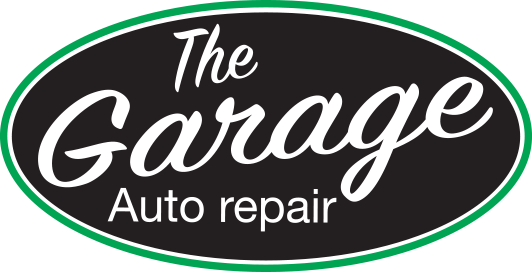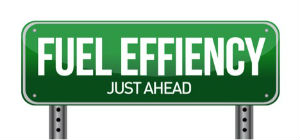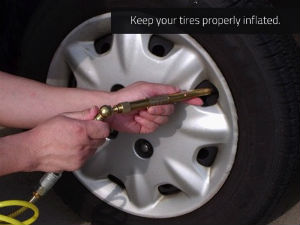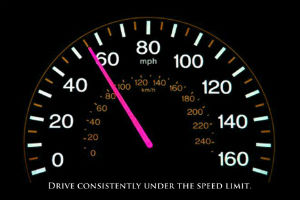7 Ways to Maximize the Fuel Efficiency of Your Vehicle
Oil prices have fallen significantly since reaching their peak in the late 2000s, but that doesn’t mean that gas is especially cheap. It costs money to drive around, whether you’re heading on a road trip or just running errands, and the rate at which your vehicle consumes that gas will end up dictating how much you spend on a regular basis to keep moving.
Fortunately, there are some strategies you can use to maximize the fuel efficiency of your vehicle, reducing the total amount of gas it takes you to achieve your daily requirements.
A Caveat to Maximizing Fuel Efficiency
Before we get into the strategies themselves, be aware that there is a caveat to consider before putting these strategies into place. No matter how many of these fuel efficient strategies you choose to adopt, your overall fuel efficiency will depend on the make and model of your vehicle. For example, no matter how many fuel efficient strategies you use, a massive truck will still consume more fuel than a small hybrid car. That being said, these tactics can increase any vehicle’s natural fuel efficiency, saving you money in the long term.
Key Strategies for Success
Use these seven tactics to keep your vehicle running at peak efficiency:
 1. Keep your wheels properly aligned.
1. Keep your wheels properly aligned.
Over time, your wheels will naturally fall out of alignment with each other, usually due to hitting bumps, potholes, and other obstacles that gradually cause your wheels to bend or warp in a different direction. On the surface, these poor alignments aren’t catastrophic, but they do increase the rolling resistance of your vehicle, ultimately costing you at least a
Over time, your wheels will naturally fall out of alignment with each other, usually due to hitting bumps, potholes, and other obstacles that gradually cause your wheels to bend or warp in a different direction. On the surface, these poor alignments aren’t catastrophic, but they do increase the rolling resistance of your vehicle, ultimately costing you at least a few miles per gallon when it comes to fuel economy. Again, that might not seem like much, but over the course of a year, that could amount to hundreds of gallons of gas. Visit an auto repair center to keep your wheels in proper alignment—it’s not something you can easily detect on your own.
2. Keep your tires properly inflated.
Your tires need to be at a certain pressure level to operate efficiently. If they’re underinflated, you’ll increase your rolling resistance, and your vehicle will require more force to preserve the same speed (thereby costing you more fuel). If you’ve ever tried to pedal a bicycle with a flat tire, you’ll understand this problem. However, be warned that overinflating your tires will not increase your fuel efficiency—in fact, it may also reduce your efficiency in addition to putting you at increased risk for a blowout. Keep them at the manufacturer’s recommended pressure levels, and check them often for any deviations.
3. Remove any excess weight you’re carrying around.
Imagine running a mile. Now, imagine running that same mile with a heavy backpack strapped to you; it’s harder, right? It takes more energy. Apply that same logic to your vehicle, and you’ll understand that the heavier your vehicle is, the more fuel it’s going to consume. To fight back, keep your vehicle as light as possible. That means taking out any items you’re lugging around in your trunk and backseat (other than emergency kits and other necessities). If you want to make your vehicle even lighter, you could also keep your fuel tank less than half full at all times instead of fully topped off.
 4. Run errands in an efficient pattern.
4. Run errands in an efficient pattern.
This strategy has nothing to do with the state of your vehicle and everything to do with your driving habits. Every time you start your vehicle, it costs extra fuel to get your vehicle warmed up; therefore, it’s more efficient to try and do all your errands at once. This will also save you critical mileage by allowing you one trip into town instead of several. Beyond that, you can plan your routes for optimal efficiency, visiting your destinations in a specific order to minimize backtracking.
5. Drive consistently under the speed limit.
The faster your vehicle goes, the more fuel it uses for every mile it drives. To illustrate, imagine driving an identical 10-mile course in one vehicle going 35 mph and another going 70 mph. The vehicle going 35 will use less fuel. Obviously, dropping your speed down to a minimum would negate the advantages of driving a car in the first place, so you don’t need to go crazy here. Instead, make a minor commitment to keeping your speed in check by following all posted speed limits. Besides, doesn’t it feel good to obey the law for once?
6. Avoid patterns of acceleration and braking.
When your vehicle is coasting at a constant speed, it doesn’t use that much fuel; preserving momentum is far easier than accelerating. Additionally, using your brakes negates that momentum and forces you to accelerate instead. Sometimes, it’s hard to avoid repeated patterns of acceleration and braking, such as in a traffic jam or in the city, but whenever you can, try to keep your speed as consistent as possible. Think of it in terms of the tortoise and the hare: slow and steady wins the race. Your speed will even out over time, and you’ll use less fuel in the process.
7. Keep your engine in good repair.
Your vehicle is a complex system of interrelated, moving parts. It’s only natural that this system breaks down over time, in ways you probably won’t immediately notice. Though minor at first, these problems can escalate, or cumulatively work to bring down the overall efficiency of your vehicle.
How to Keep Your Vehicle in Good Repair
Because wear and tear happens to every vehicle, and because even experienced auto repair professionals sometimes have difficulty spotting these breakdowns at a distance, it’s important that you bring your car to an auto repair center, like the Garage Auto Repair, regularly for routine maintenance. Keeping your engine, and the other moving parts of your vehicle, in efficient working order will maximize your fuel economy for the long-term (and save you from costly auto repairs down the road).


 1. Keep your wheels properly aligned.
1. Keep your wheels properly aligned. 4. Run errands in an efficient pattern.
4. Run errands in an efficient pattern.